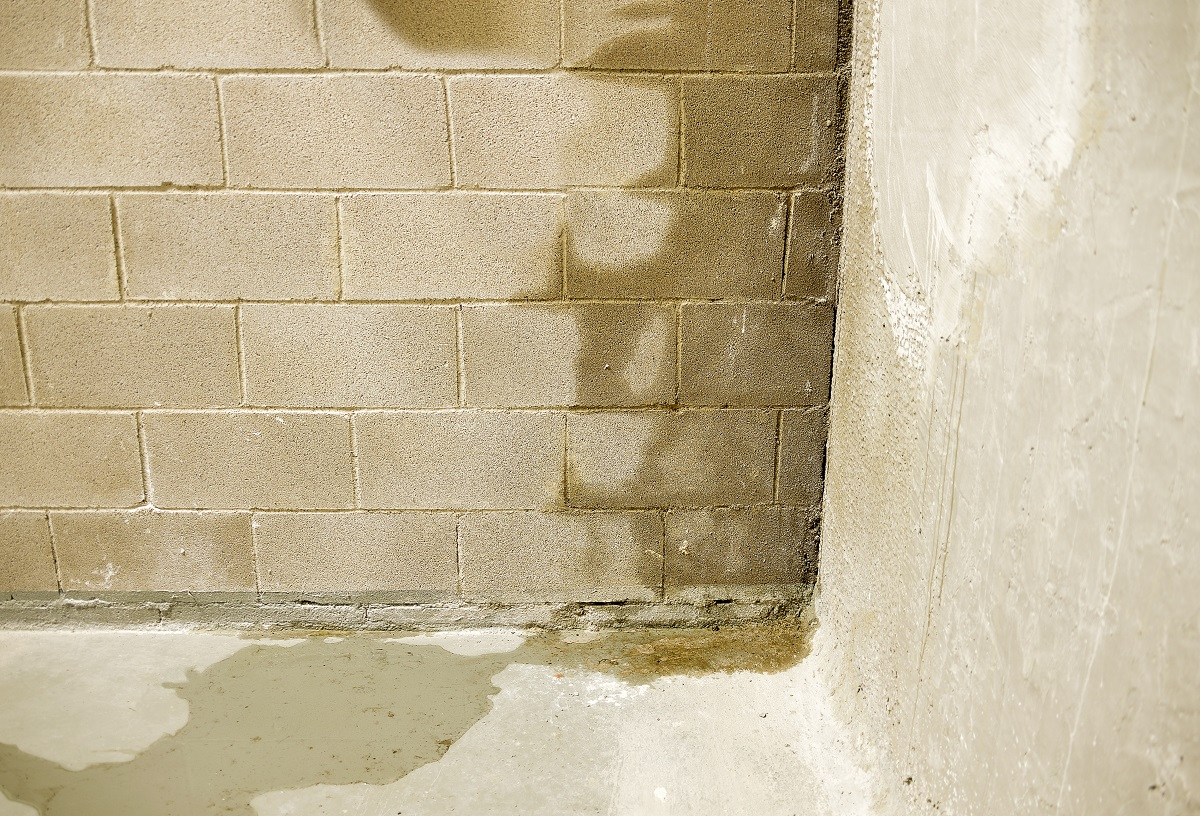America’s Most Mosquito-Prone Cities: Where Rainfall and Heat Create the Perfect Storm
As temperatures rise and rainfall increases across much of the southern U.S., mosquito season kicks into high gear. These pests aren’t just an… Read More

As temperatures rise and rainfall increases across much of the southern U.S., mosquito season kicks into high gear. These pests aren’t just an… Read More

If you’re a homeowner, you know the to-do list never really ends, and neither do the costs. In some parts of the country,… Read More

Which U.S. cities were absolutely soaked this past year? We ranked rainfall totals across the country from February 2024 through January 2025, and… Read More

When it’s time to install new gutters, there are many factors to consider, including material, style, and proper placement. But an often-overlooked detail is the… Read More
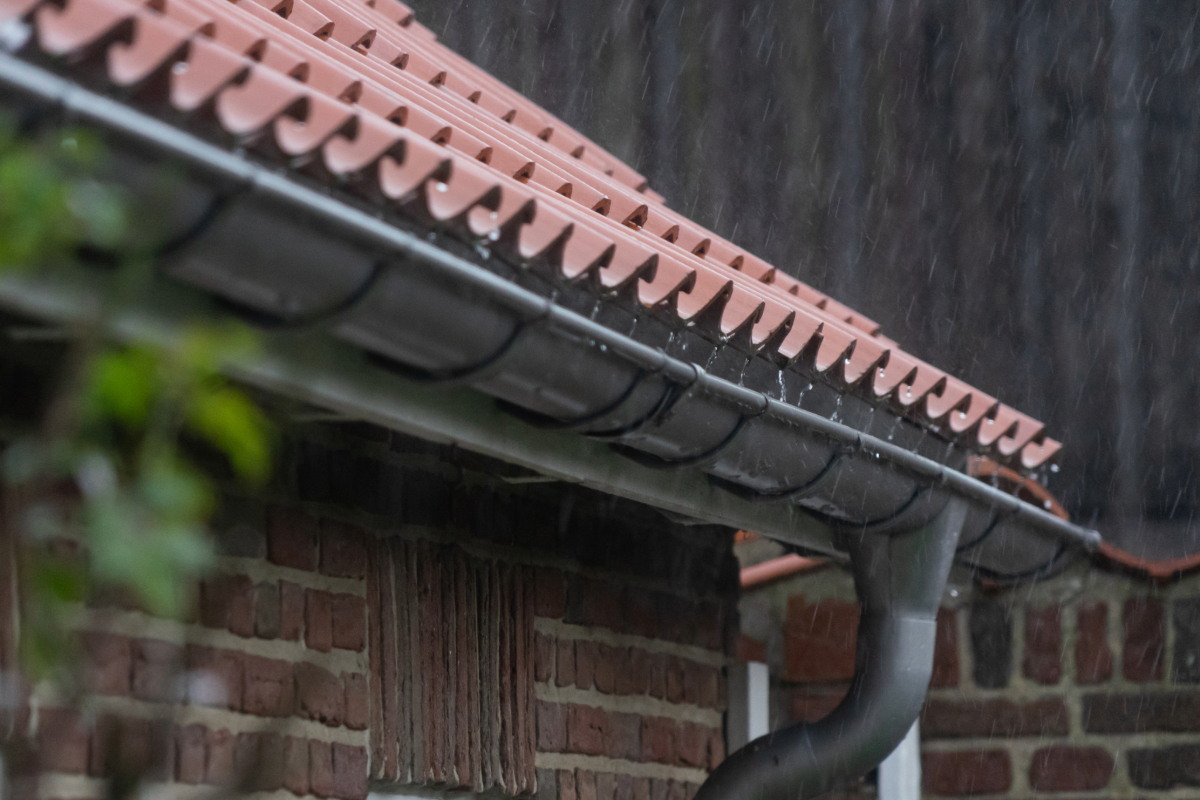
Gutters play an important role in protecting your home. With the help of downspouts, gutters direct the flow of water and remove rainwater away… Read More
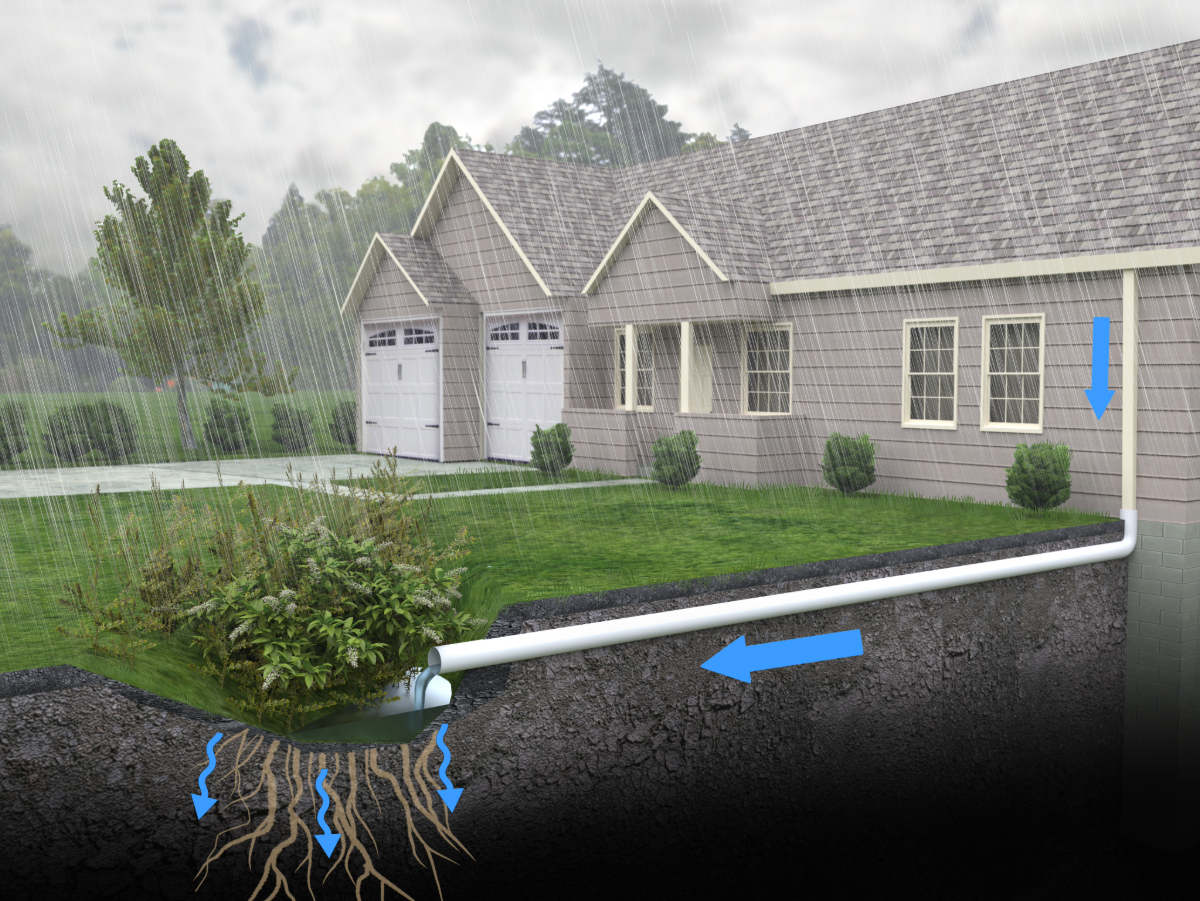
Gutter colors on houses may seem like a small detail, but choosing the right shade can greatly impact your home’s curb appeal. The color of… Read More
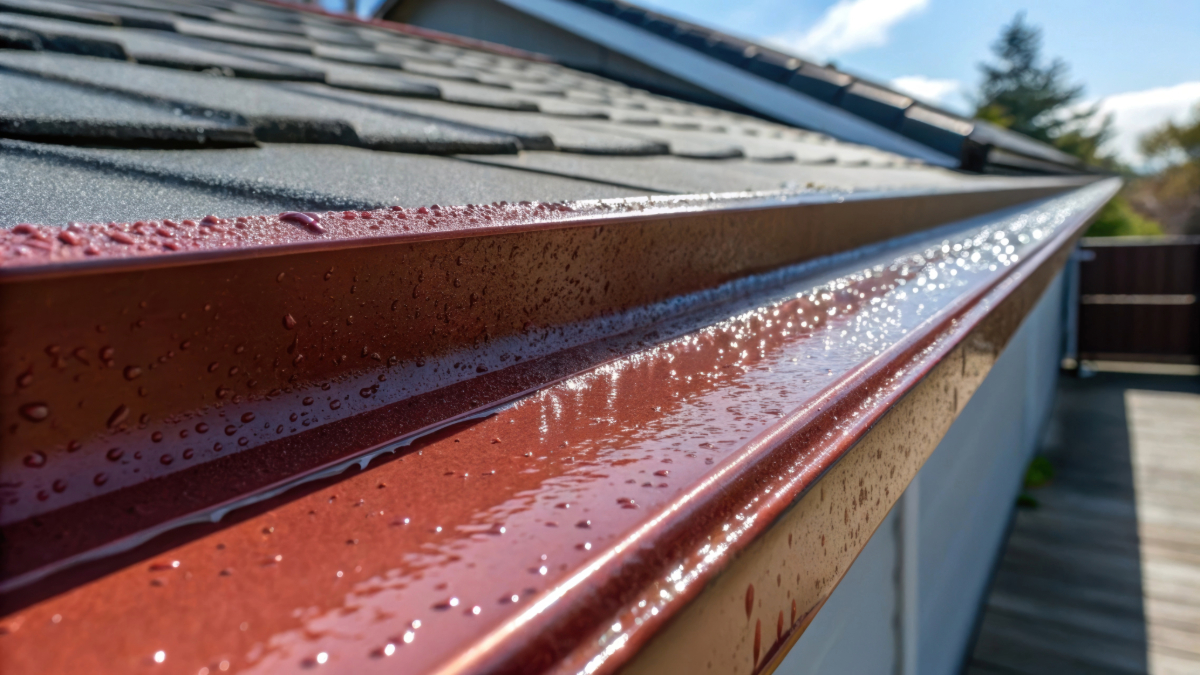
If you have a metal roof, you already know it’s a durable and long-lasting choice for homes and commercial buildings. Most metal roofing is made… Read More
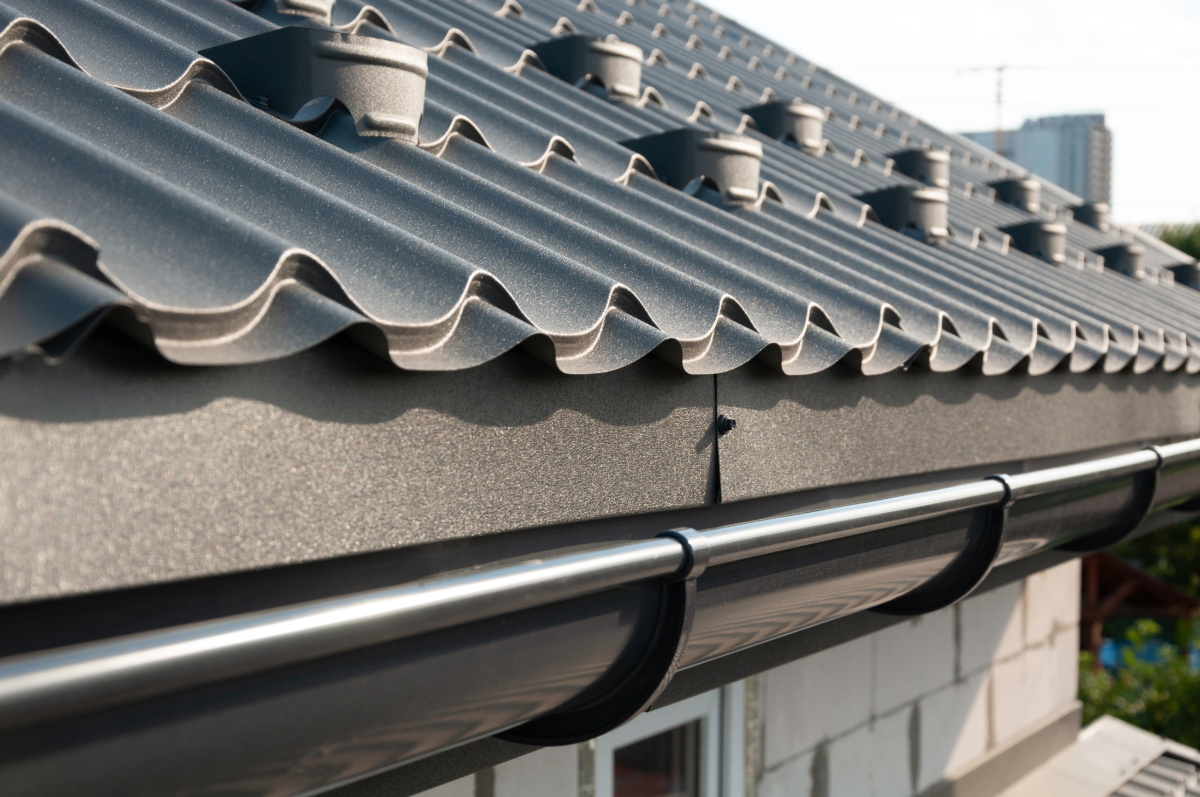
Water damage is every homeowner’s nightmare, and your gutter drainage system plays an important role in preventing it. Without proper drainage, rainwater can overflow,… Read More
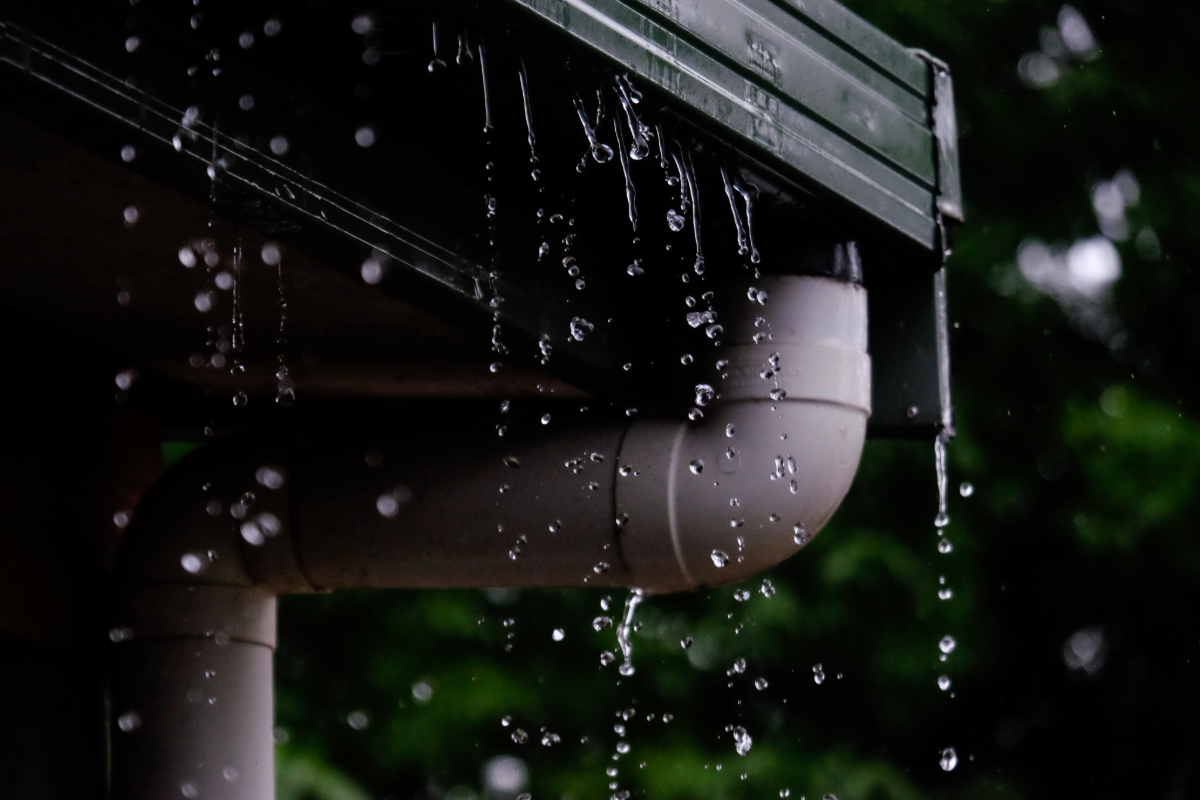
Can you paint gutters? Absolutely! Painting your gutters is a cost-effective way to refresh your home’s exterior, improve curb appeal, and add a layer of… Read More
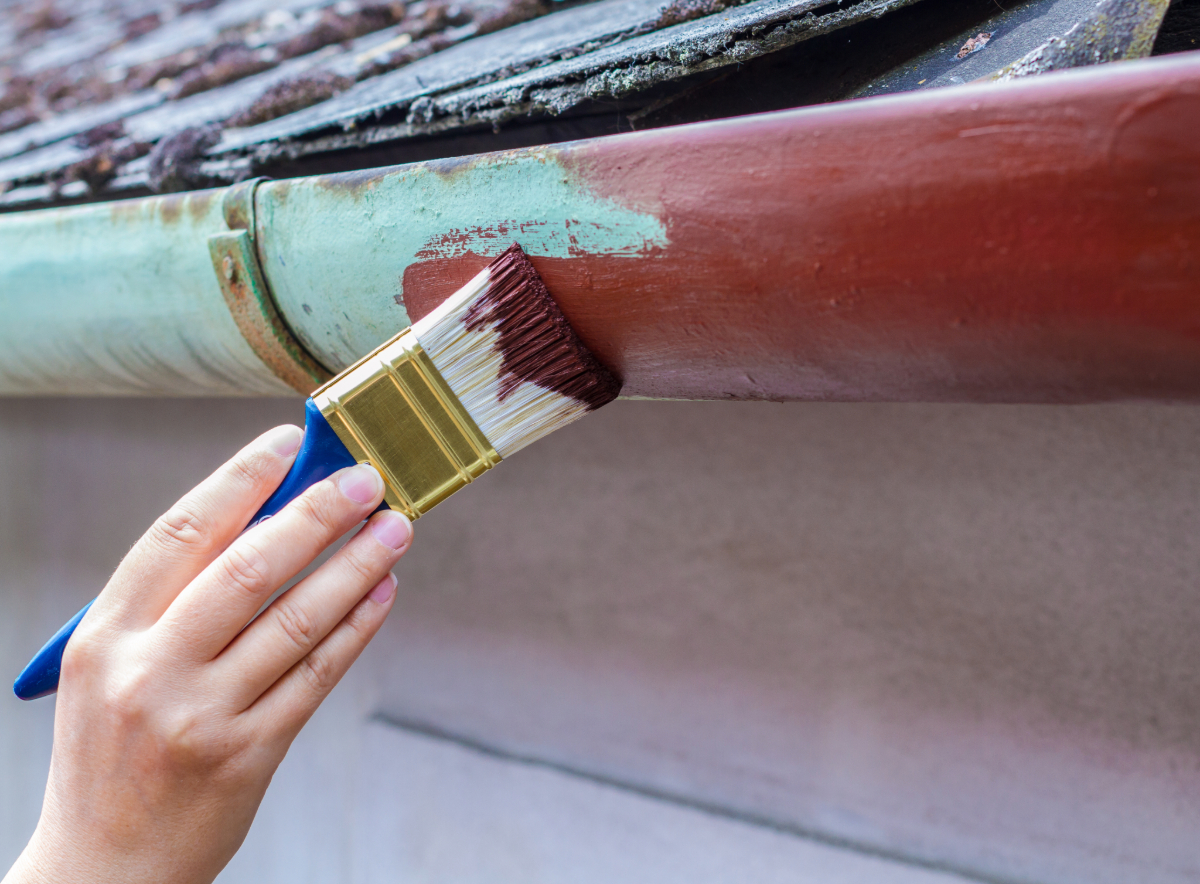
Proper downspout placement is essential for effectively diverting water away from your house, preventing foundation damage and landscape erosion. But how many downspouts does your… Read More
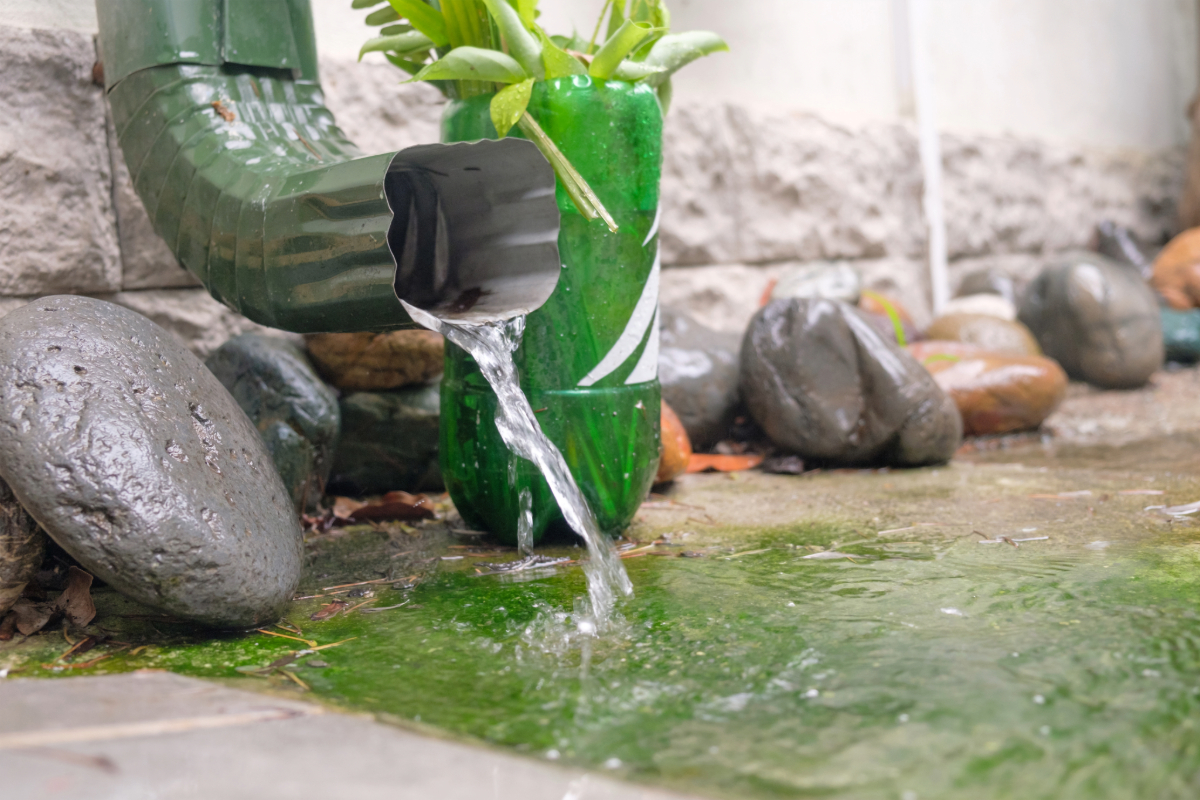
Over a thousand years ago, rain chains or kusari-doi were invented in Japan. These decorative metal chains were created to divert water from the roofs… Read More
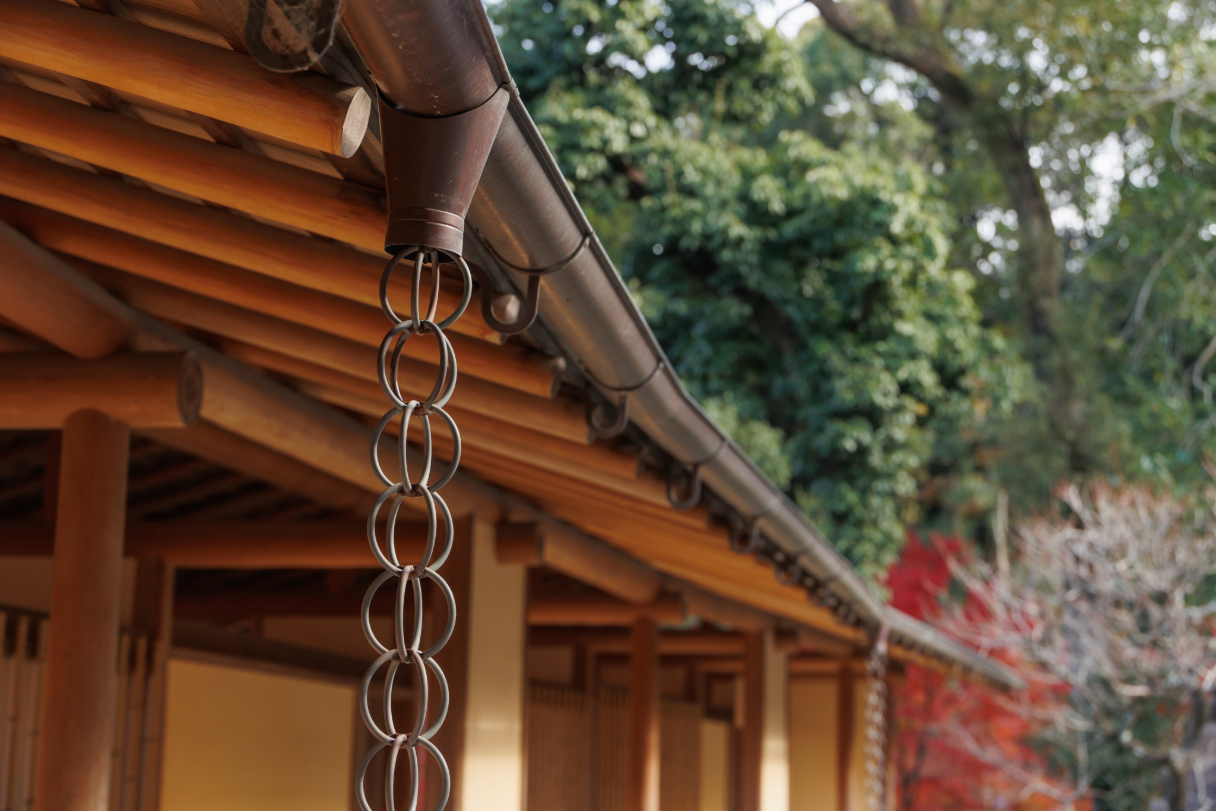
Gutters protect your home by directing rainwater away from the foundation, and size matters. The right system helps prevent overflow, reduces clogs, and promotes efficient… Read More

Gutters might not be the first thing you think of when it comes to fire safety, but they play a crucial role in helping protect… Read More
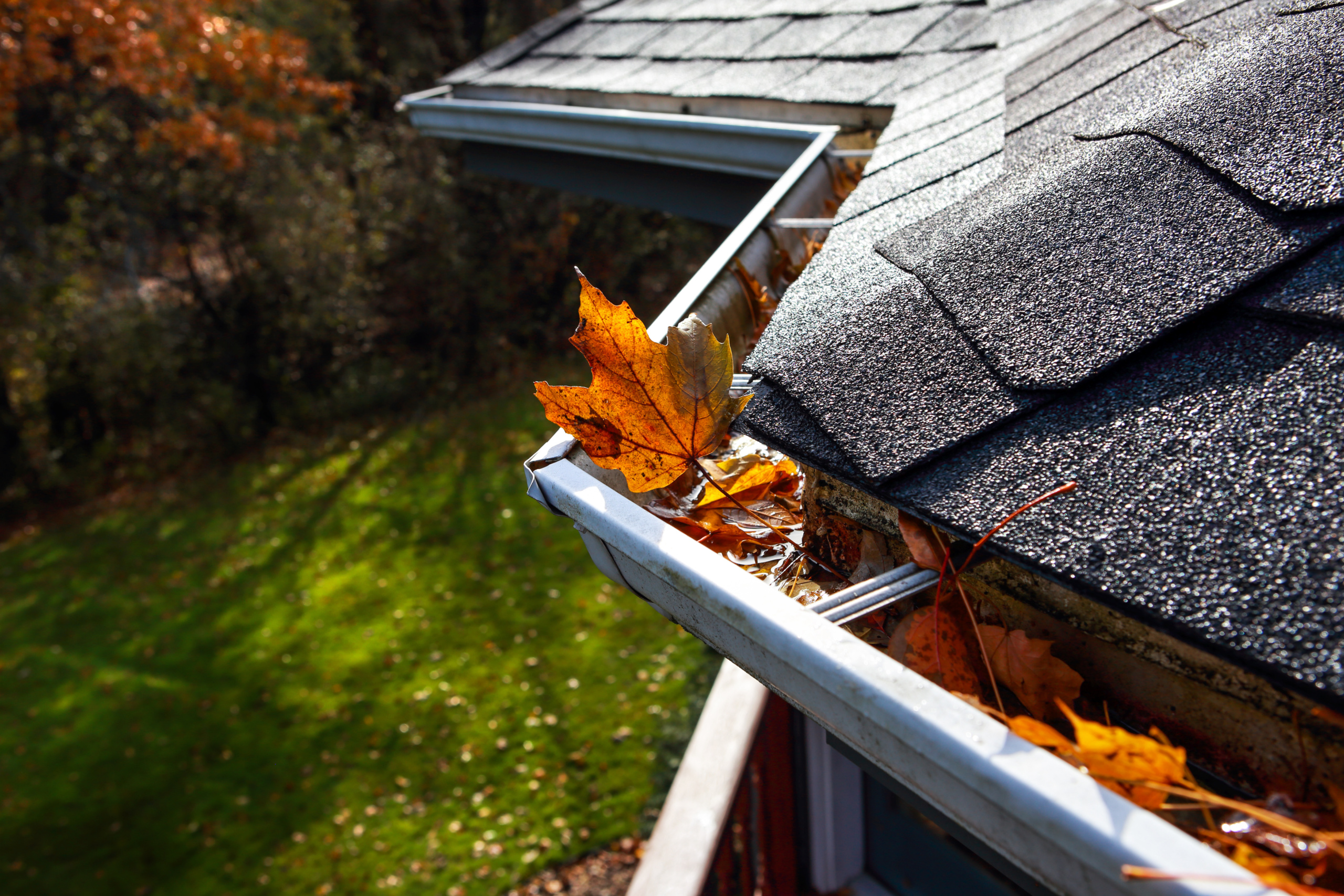
Gutters aren’t exactly the most exciting part of homeownership—but they play a big role in helping to protect your home. When they’re working properly, gutters… Read More
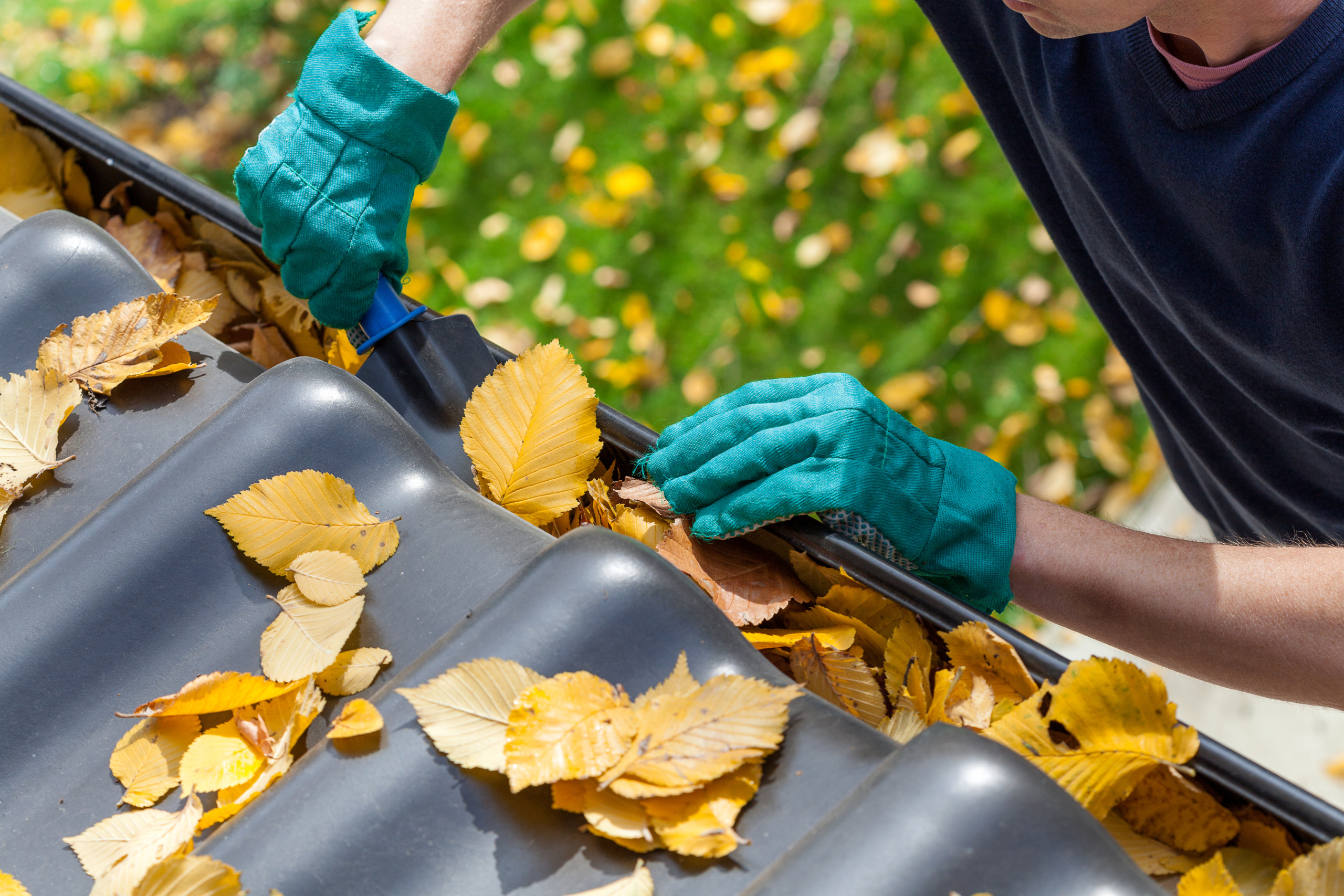
You want to protect your home and maintain your gutter system, but you aren’t sure of the best way to accomplish that. We get… Read More
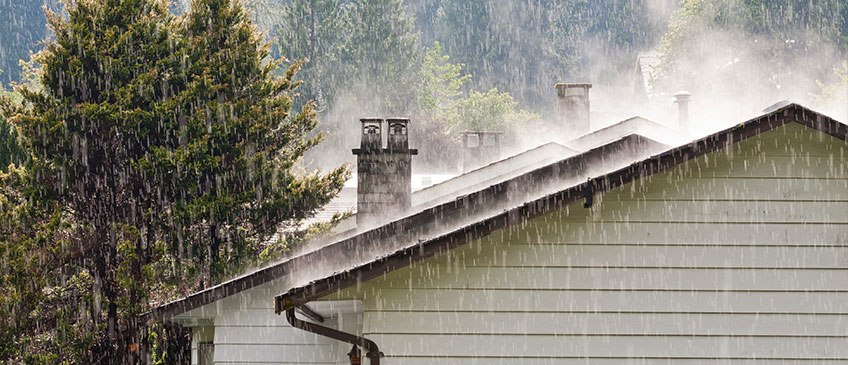
Make those gutters right as rain with a few simple steps Anyone can tell you that time takes a toll on… Read More
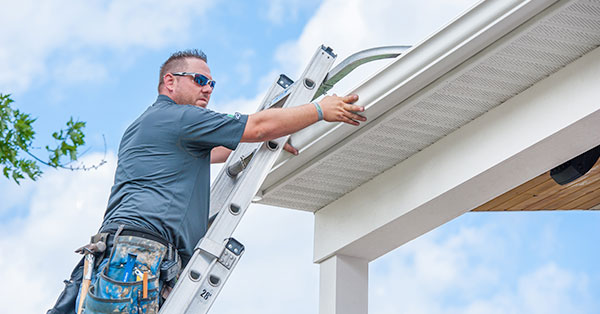
Spot those issues before they become major problems The thrill of a new home is unmatched. Whether you’re stepping into a… Read More
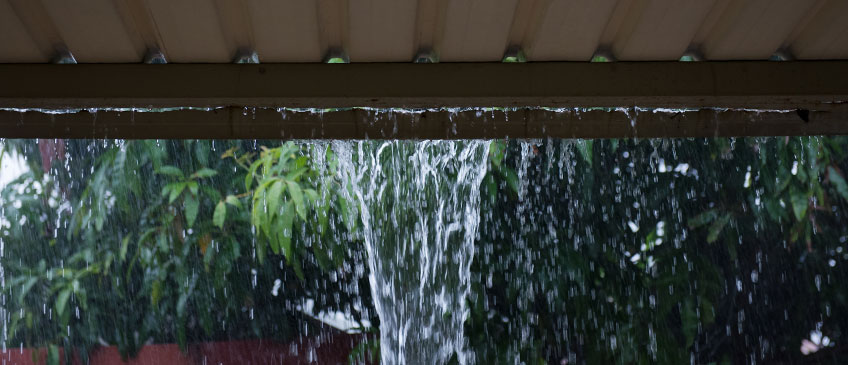
While not every house will have them, the majority of homes need gutters. Why? Because they stop potential… Read More
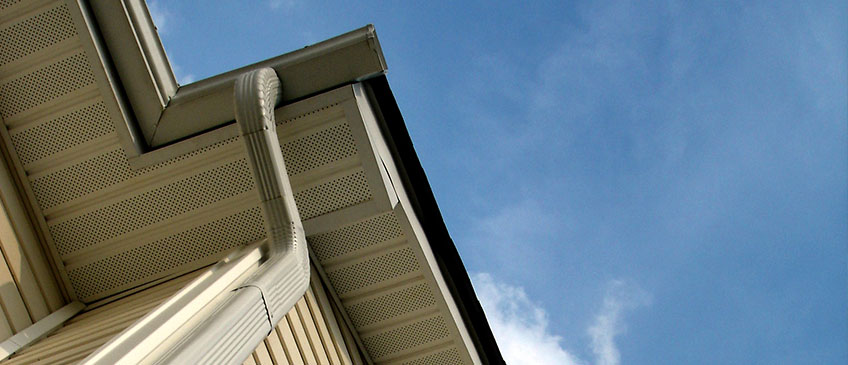
When the rain comes thundering down, any homeowner might find their mind wandering to how safe their home is from water damage. You… Read More

Rain, rain, go away, the saying goes, but there’s not much we can do about the wet stuff falling from the sky. What… Read More
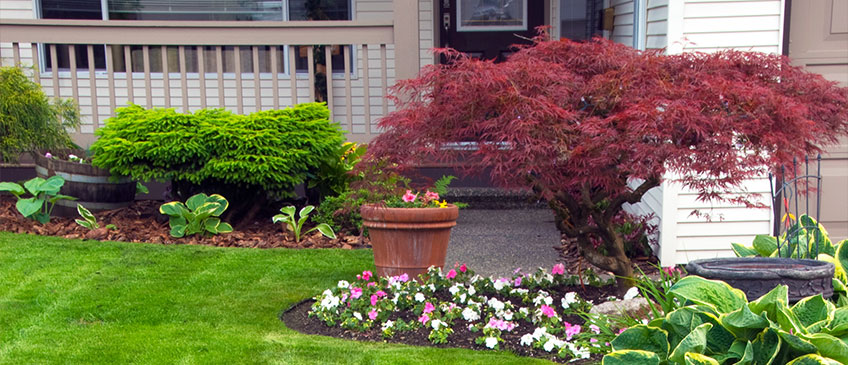
At first glance, heated gutters might sound like an indulgence or luxury that only the most well-equipped houses offer. For places where snow… Read More

Gutter guards can be essential in keeping your gutters clean and clog-free. With so many gutter… Read More
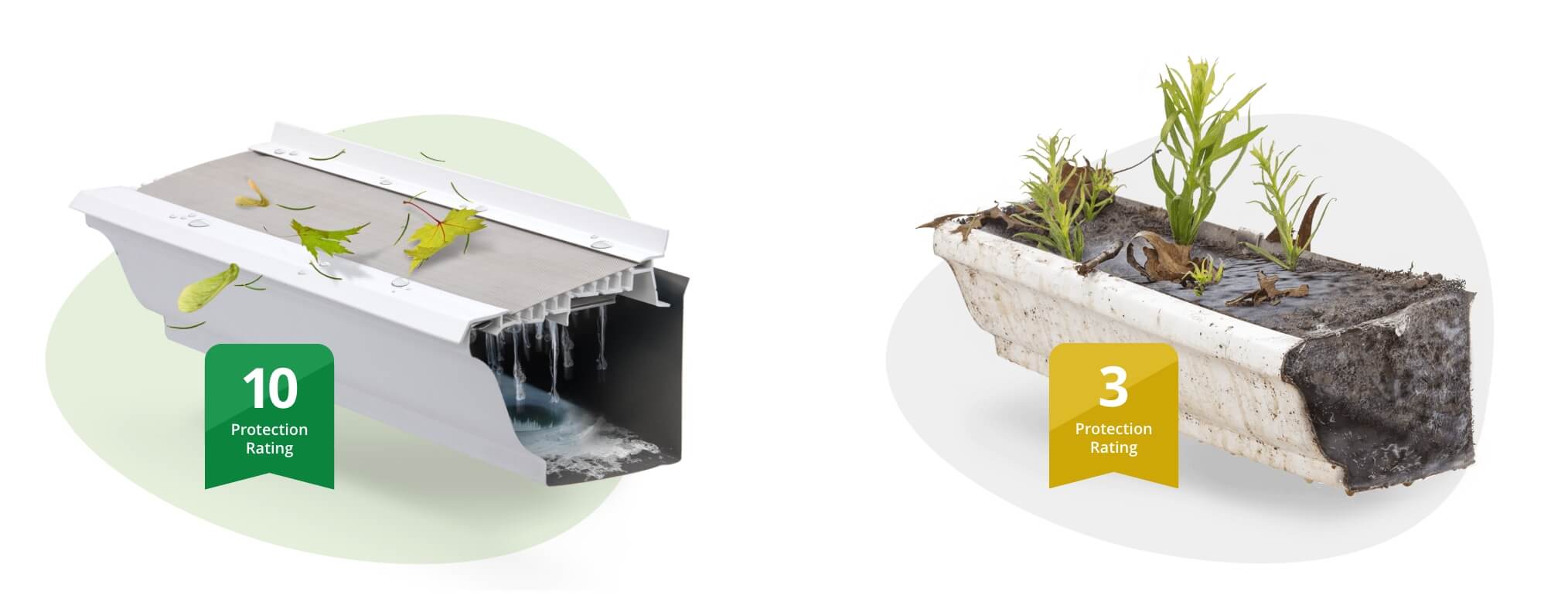
Gutters are usually the part of your home that remains “out of sight, out of mind,” however, your home’s rain gutters are vital… Read More
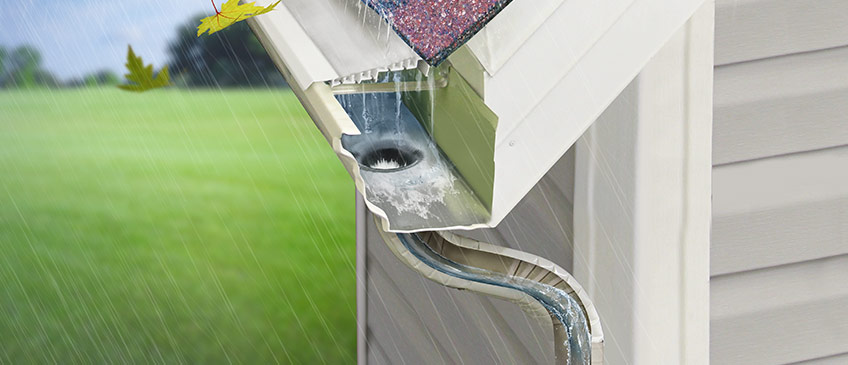
Do you have water seeping into your basement? If so, you probably know how tricky it can be to figure out where all that unwanted… Read More
